The theory of recapitulation, also called the biogenetic law or embryological parallelism—often expressed using Ernst Haeckel's phrase "ontogeny recapitulates phylogeny"—is a historical hypothesis that the development of the embryo of an animal, from fertilization to gestation or hatching (ontogeny), goes through stages resembling or representing successive adult stages in the evolution of the animal's remote ancestors (phylogeny). It was formulated in the 1820s by Étienne Serres based on the work of Johann Friedrich Meckel, after whom it is also known as Meckel–Serres law.

Neo-Darwinism is generally used to describe any integration of Charles Darwin's theory of evolution by natural selection with Gregor Mendel's theory of genetics. It mostly refers to evolutionary theory from either 1895 or 1942, but it can mean any new Darwinian- and Mendelian-based theory, such as the current evolutionary theory.

Evolutionary developmental biology is a field of biological research that compares the developmental processes of different organisms to infer how developmental processes evolved.

The modern synthesis was the early 20th-century synthesis of Charles Darwin's theory of evolution and Gregor Mendel's ideas on heredity into a joint mathematical framework. Julian Huxley coined the term in his 1942 book, Evolution: The Modern Synthesis. The synthesis combined the ideas of natural selection, Mendelian genetics, and population genetics. It also related the broad-scale macroevolution seen by palaeontologists to the small-scale microevolution of local populations.

Evolutionary biology is the subfield of biology that studies the evolutionary processes that produced the diversity of life on Earth. It is also defined as the study of the history of life forms on Earth. Evolution holds that all species are related and gradually change over generations. In a population, the genetic variations affect the phenotypes of an organism. These changes in the phenotypes will be an advantage to some organisms, which will then be passed onto their offspring. Some examples of evolution in species over many generations are the peppered moth and flightless birds. In the 1930s, the discipline of evolutionary biology emerged through what Julian Huxley called the modern synthesis of understanding, from previously unrelated fields of biological research, such as genetics and ecology, systematics, and paleontology.
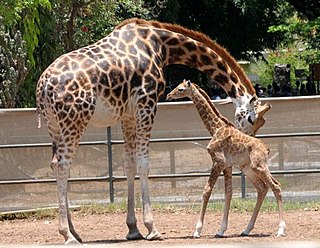
In evolutionary developmental biology, heterochrony is any genetically controlled difference in the timing, rate, or duration of a developmental process in an organism compared to its ancestors or other organisms. This leads to changes in the size, shape, characteristics and even presence of certain organs and features. It is contrasted with heterotopy, a change in spatial positioning of some process in the embryo, which can also create morphological innovation. Heterochrony can be divided into intraspecific heterochrony, variation within a species, and interspecific heterochrony, phylogenetic variation, i.e. variation of a descendant species with respect to an ancestral species.
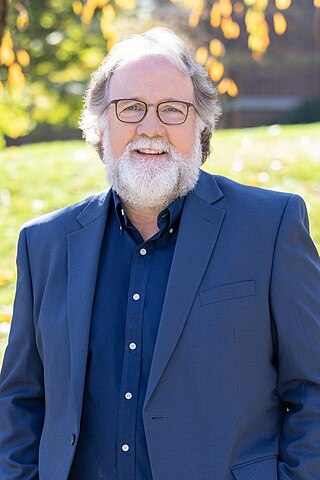
Sean B. Carroll is an American evolutionary developmental biologist, author, educator and executive producer. He is a distinguished university professor at the University of Maryland and professor emeritus of molecular biology and genetics at the University of Wisconsin–Madison. His studies focus on the evolution of cis-regulatory elements in the regulation of gene expression in the context of biological development, using Drosophila as a model system. He is a member of the National Academy of Sciences, of the American Philosophical Society (2007), of the American Academy of Arts and Sciences and the American Association for Advancement of Science. He is a Howard Hughes Medical Institute investigator.
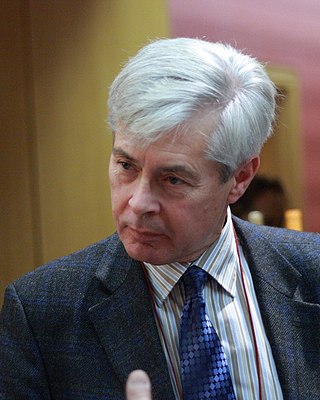
Peter J. Bowler is a historian of biology who has written extensively on the history of evolutionary thought, the history of the environmental sciences, and on the history of genetics. His 1984 book, Evolution: The History of an Idea is a standard textbook on the history of evolution; a 25th anniversary edition came in 2009. His 1983 book The Eclipse of Darwinism: Anti-Darwinian Evolution Theories in the Decades Around 1900 describes the scientific predominance of other evolutionary theories which led many to minimise the significance of natural selection, in the first part of the twentieth century before genetics was reconciled with natural selection in the modern synthesis.
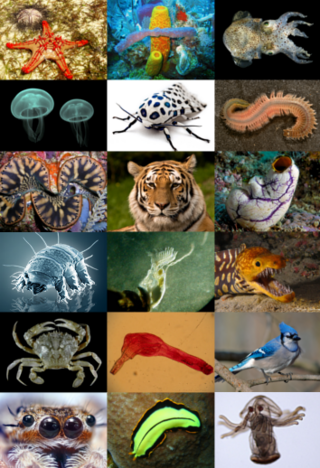
A body plan, Bauplan, or ground plan is a set of morphological features common to many members of a phylum of animals. The vertebrates share one body plan, while invertebrates have many.

Biological or process structuralism is a school of biological thought that objects to an exclusively Darwinian or adaptationist explanation of natural selection such as is described in the 20th century's modern synthesis. It proposes instead that evolution is guided differently, basically by more or less physical forces which shape the development of an animal's body, and sometimes implies that these forces supersede selection altogether.

Evolution & Development is a peer-reviewed scientific journal publishing material at the interface of evolutionary and developmental biology. Within evolutionary developmental biology, it has the aim of aiding a broader synthesis of biological thought in these two areas. Its scope ranges from paleontology and population biology, to developmental and molecular biology, including mathematics and the history and philosophy of science.

Evolutionary thought, the recognition that species change over time and the perceived understanding of how such processes work, has roots in antiquity—in the ideas of the ancient Greeks, Romans, Chinese, Church Fathers as well as in medieval Islamic science. With the beginnings of modern biological taxonomy in the late 17th century, two opposed ideas influenced Western biological thinking: essentialism, the belief that every species has essential characteristics that are unalterable, a concept which had developed from medieval Aristotelian metaphysics, and that fit well with natural theology; and the development of the new anti-Aristotelian approach to modern science: as the Enlightenment progressed, evolutionary cosmology and the mechanical philosophy spread from the physical sciences to natural history. Naturalists began to focus on the variability of species; the emergence of palaeontology with the concept of extinction further undermined static views of nature. In the early 19th century prior to Darwinism, Jean-Baptiste Lamarck (1744–1829) proposed his theory of the transmutation of species, the first fully formed theory of evolution.

Gerd B. Müller is an Austrian biologist who is emeritus professor at the University of Vienna where he was the head of the Department of Theoretical Biology in the Center for Organismal Systems Biology. His research interests focus on vertebrate limb development, evolutionary novelties, evo-devo theory, and the Extended Evolutionary Synthesis. He is also concerned with the development of 3D based imaging tools in developmental biology.
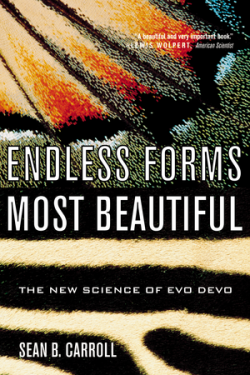
Endless Forms Most Beautiful: The New Science of Evo Devo and the Making of the Animal Kingdom is a 2005 book by the molecular biologist Sean B. Carroll. It presents a summary of the emerging field of evolutionary developmental biology and the role of toolkit genes. It has won numerous awards for science communication.
Alessandro Minelli is an Italian biologist, formerly professor of zoology in the Faculty of Mathematical, Physical and Natural Sciences of the University of Padova mainly working on evo-devo subjects.
The Extended Evolutionary Synthesis (EES) consists of a set of theoretical concepts argued to be more comprehensive than the earlier modern synthesis of evolutionary biology that took place between 1918 and 1942. The extended evolutionary synthesis was called for in the 1950s by C. H. Waddington, argued for on the basis of punctuated equilibrium by Stephen Jay Gould and Niles Eldredge in the 1980s, and was reconceptualized in 2007 by Massimo Pigliucci and Gerd B. Müller.
Ryuichi Matsuda was a Japanese entomologist and notable advocate of the extended evolutionary synthesis.
Human evolutionary developmental biology or informally human evo-devo is the human-specific subset of evolutionary developmental biology. Evolutionary developmental biology is the study of the evolution of developmental processes across different organisms. It is utilized within multiple disciplines, primarily evolutionary biology and anthropology. Groundwork for the theory that "evolutionary modifications in primate development might have led to … modern humans" was laid by Geoffroy Saint-Hilaire, Ernst Haeckel, Louis Bolk, and Adolph Schultz. Evolutionary developmental biology is primarily concerned with the ways in which evolution affects development, and seeks to unravel the causes of evolutionary innovations.

Alternatives to Darwinian evolution have been proposed by scholars investigating biology to explain signs of evolution and the relatedness of different groups of living things. The alternatives in question do not deny that evolutionary changes over time are the origin of the diversity of life, nor that the organisms alive today share a common ancestor from the distant past ; rather, they propose alternative mechanisms of evolutionary change over time, arguing against mutations acted on by natural selection as the most important driver of evolutionary change.

How the Snake Lost Its Legs: Curious Tales from the Frontier of Evo-Devo is a 2014 book on evolutionary developmental biology by Lewis I. Held, Jr. The title pays homage to Rudyard Kipling's Just So Stories, but the "tales" are strictly scientific, explaining how a wide range of animal features evolved, in molecular detail. The book has been admired by other biologists as both accurate and accessible.















